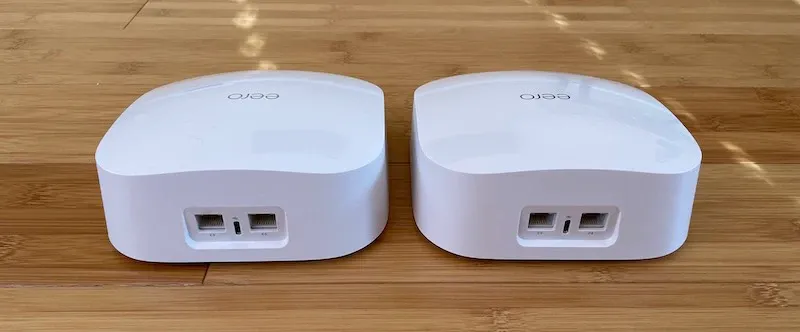Explaining the WiFi 6 Standard to My Grandma

The WiFi 5 standard debuted in 2013. It’s a type of radio found inside your devices and routers.
In 2013, the iPhone 5 was the hottest phone, smart home devices weren’t widespread, and Netflix just released their first original series (House of Cards).
Our technology usage has changed substantially since then.
In 2020, U.S. households averaged 11 internet connected devices in their homes, compared to just five in 2013.
The new WiFi 6 standard is more suitable for our 2021 internet needs.
Here’s my oversimplified explanation.
More Efficient
WiFi 5 is like a single lane highway. Your devices must take turns receiving data from the router because there’s only one lane.
WiFi 6 takes the same highway and breaks it into multiple lanes. Each device gets its own lane, which means multiple devices share the entire highway.
In real terms: multiple devices can communicate with the router simultaneously, and your devices are more likely to maintain top speeds. OFDMA is the name of this efficiency feature.
Faster Speeds
Smartphones (made between 2014-2018) have a 2×2 MIMO WiFi 5 radio, which can reach about 650Mbps in real speed.
Newer smartphones have a 2×2 MIMO WiFi 6 radio, which can reach about 850Mbps in real speed.
WiFi 6 compatible routers get an increase in capacity too, which is enabled by Multi-User MIMO.
Faster speeds all around.
Improved Battery Efficiency
Most smart home devices don’t need a constant WiFi connection, but they stay connected anyway.
On WiFi 6, smart home devices will communicate only when necessary by planning short communication windows. This feature is called Target Wake Time and should improve power efficiency.
Who needs a WiFi 6 system?
WiFi 6 is exciting, but it won’t have a huge impact on your home’s network until you have lots of WiFi 6 devices running simultaneously.
I have 40 devices in my home and only three have a WiFi 6 radio.
If you’re trying to maximize speed across all your devices, buy a WiFi 6 router and start buying compatible devices. But it may not be a noticeable upgrade for most people yet.
But here’s where WiFi 6 will be huge: stadiums, airports, hotels, and any place with lots of simultaneous connections. It’s crazy how terrible WiFi is in most public spaces.
WiFi 6 may be the start of usable public internet due to its specialty in managing lots of devices at once.
I’m putting the final touches on my comparison of the new Eero systems. Should you get one? I’ll have an answer for you next week.
